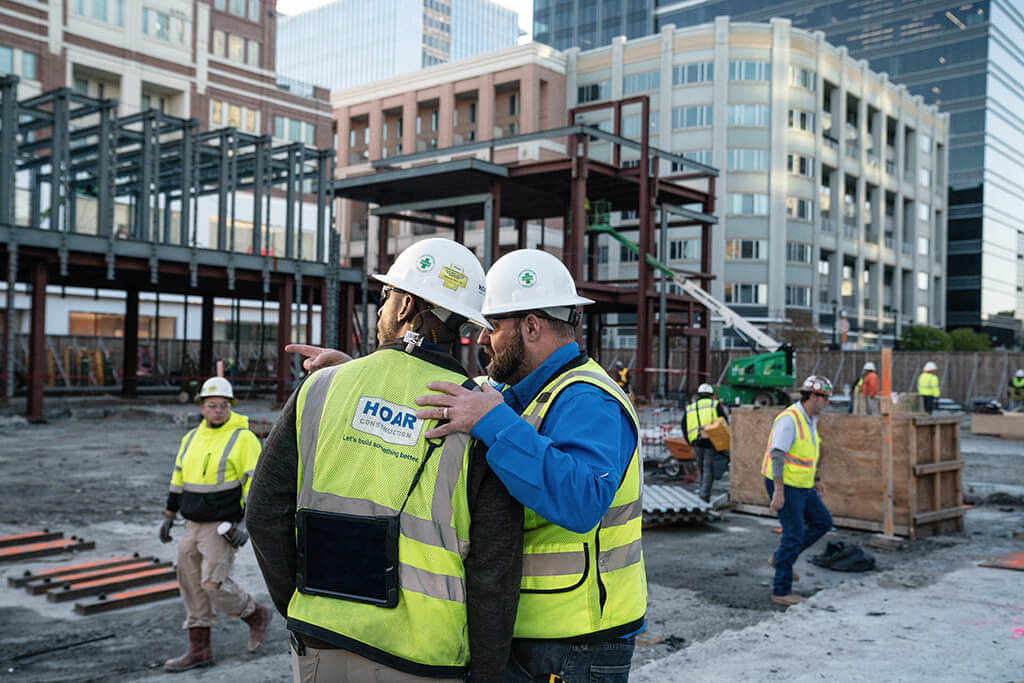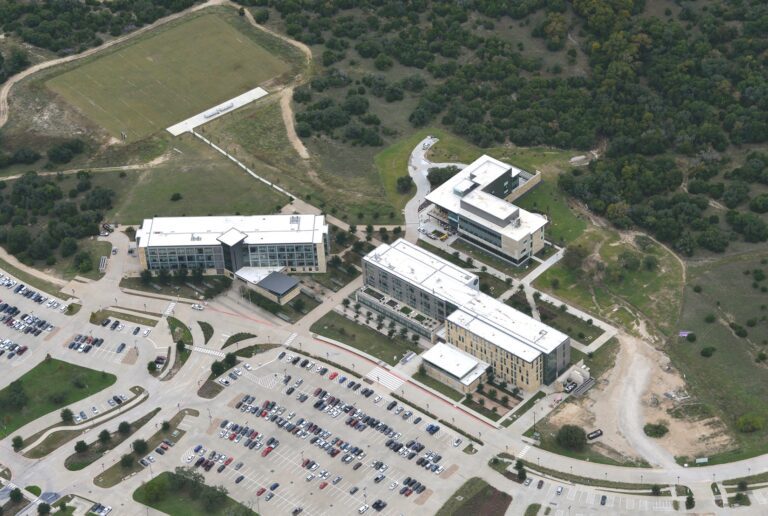
How should contractors measure safety? A common answer to that question is by their EMR, or experience modification rate. That’s the number insurance companies use to determine a company’s risk based on their past number and cost of injuries. Often, a contractor touts their EMR as proof their safety program is effective. The lower the EMR, the safer the contractor, right?
The problem with that line of thought is that an EMR only exhibits whether a company has had accidents that have caused an injury (or injuries) and led to a workers’ compensation claim. An EMR does not include near misses, unsafe working conditions or non-injury accidents that cause property damage. EMRs are meant as an insurance tool rather than a gauge of an employer’s safety commitment. So, while it is valuable data, and something contractors can and should be proud of, contractors should not base their safety practices on that information.
Here are three sources of information contractors can record, review and use to make positive changes within their safety programs.
Leading Indicators
Contractors can record two measurements to assess their safety practices and risk management performance—leading and lagging indicators.
Anything reactive in nature, such as the number of incidents, accidents or an employee’s days away from work, is considered a lagging indicator. EMR is an example of a lagging indicator because it is data recorded after the fact. This information can only provide details about an accident that has already happened; it doesn’t provide insight into a contractor’s efforts or ability to prevent accidents.
It’s not enough to track leading indicators alone; contractors must be able to utilize the collated information to improve safety practices moving forward. If a near-miss occurs, the contractor should stop work and investigate the cause. Furthermore, contractors should make it a best practice to always identify the catalyst for an incident, develop standard operating procedures to prevent the incident from recurring and disseminate that information companywide. At Hoar Construction, incident learning sessions are held for that purpose—to use an incident as an opportunity to become safer.
It is equally as important for contractors to conduct consistent, daily safety meetings on jobsites as a chance for project teams to plan with trade partners, anticipate potential hazards and work together, preemptively, to prevent accidents and/or unsafe conditions.
When an incident does occur, it’s critical to examine and learn from each one with an equal amount of consideration and review. Contractors always review accidents with severe injuries, but it’s also important to analyze the smaller, more common episodes that cause minor injuries, property damage or a loss of productivity.
For example, if a delivery driver hits a temporary power box and knocks out power to a building, contractors should still take significant time to examine the circumstances and make necessary changes to the delivery layout or process—even though no one was hurt. These types of losses are considered predictors of future, more severe claims and are weighed heavier in the EMR calculation.
Taking preventative measures establishes a culture of safety and can also lower a contractor’s EMR in the process.
Constant Improvement
If a company is tracking leading indicators and learning from their mistakes, it stands to reason they are adapting their safety programs along the way. Safety is not just a box to be checked; it should be treated as an indispensable, evolving program. This applies to everything from updating safety processes to giving employees access to technology that enables them to work more safely in the field. Give employees access to construction drawings, safety reporting forms and company-wide safety alerts on their phones or personal devices, which allows the company to communicate in real time. Employees need to keep safety at the front of their minds and the tips of their fingers.
The continual process of review and adjustment should extend further than a company’s safety program. Contractors need to routinely audit their experience modification worksheet to guarantee all data reported to insurers is correct. Worksheets commonly have errors, such as:
- incorrect claims data;
- incorrect payrolls;
- claims reported in the wrong state; or
- claims belonging to another employer.
Any incorrect data impacts the accuracy of the EMR. In 2016, Hoar Construction audited its EMR and found incorrect claims information. They successfully had the incorrect data removed, which caused an improvement in the company’s EMR over four separate years.
The EMR cannot be the only scale contractors use to judge their safety. They should judge their commitment to safety by their ability to track leading indicators, learn from every incident and consistently review every aspect of their programs, which includes, but is not limited to, EMR worksheets. These improvements, in tandem with a more proactive approach to safety, will keep employees safe, which will then be reflected in the contractors’ EMR. A low EMR is the effect of a good safety program, not the cause.

